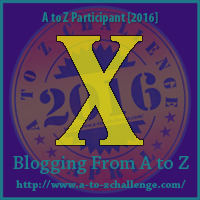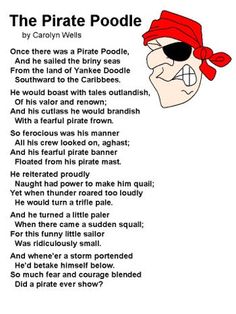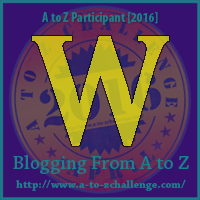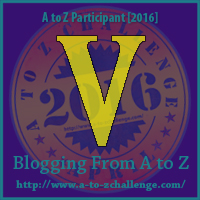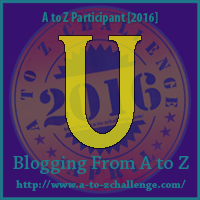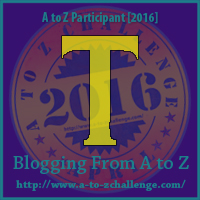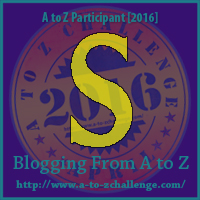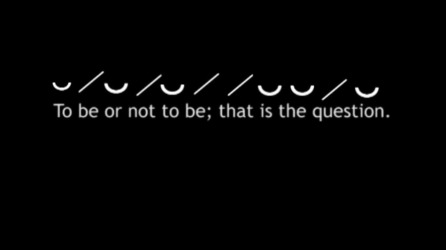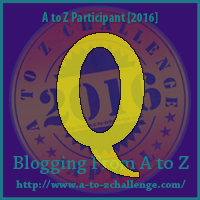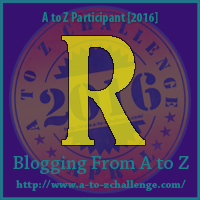
Did you know that there are nine different kinds of rhyme? Today, we’re going to cover all of them. But first, let’s define rhyme (with a slant rhyme, but more on that later).
“The repetition of syllables, typically at the end of a verse line. Rhymed words conventionally share all sounds following the word’s last stressed syllable…A rhyme scheme is usually the pattern of end rhymes in a stanza, with each rhyme encoded by a letter of the alphabet, from a onward (ABBA BCCB, for example). Rhymes are classified by the degree of similarity between sounds within words, and by their placement within the lines or stanzas.”
Source: http://www.poetryfoundation.org/resources/learning/glossary-terms
So what are the different kinds of rhyme?
1. End rhyme – which you’ll see most often, categorizes rhyming syllables at the end of a line. In an ABCB rhyme scheme, that might look like…
“Hey, I just met you
And this is crazy
But here’s my number
So call me maybe”
Where the “ee” sounds in “crazy” and “maybe” rhyme.
2. Eye rhyme – consists of words that look like they might rhyme when spelled, but will not rhyme if actually pronounced (think rough and through).
If anyone knows a published example of eye rhyme, I’d love to see it (pun intended).
3. Feminine rhyme – when one or more of the rhyming syllables are unstressed. (apple and grapple, for example).
4. Half rhyme – where the ending consonants (but not the whole ending syllable) of words rhyme. Ex: In “tall” and “tell”, the ending “l” sound is the same, but the “all” sound differs form “ell.” Half rhyme is also known as off-rhyme and slant-rhyme.
5. Identical rhyme – use of the same word, identical in sound and meaning, to rhyme with itself in two different lines.
6. Internal rhyme – when a word in the middle of a line is used to rhyme with the word at the end of the same line. For example, “the man bought a Snapple with his apple.”
7. Masculine rhyme – the opposite of feminine rhyme, this describes the rhyming of ending syllables that are stressed. This is also the most common type of English rhyme.
8. Monorhyme – refers to the use of only one rhyme in a stanza (how lonely!).
9. Pararhyme – also double consonance, this describes end words that have identical consonant pairs but different vowels. Example: expend and expand.
Numbers 2, 4, and 9 aren’t rhymes in the strictest sense, but they’re good to know. You’ll find that examples of half or slant rhymes abound in American songs. But in writing, especially picture book writing, they’re not typically tolerated.
Phew, that’s a lot to remember. Good luck!


